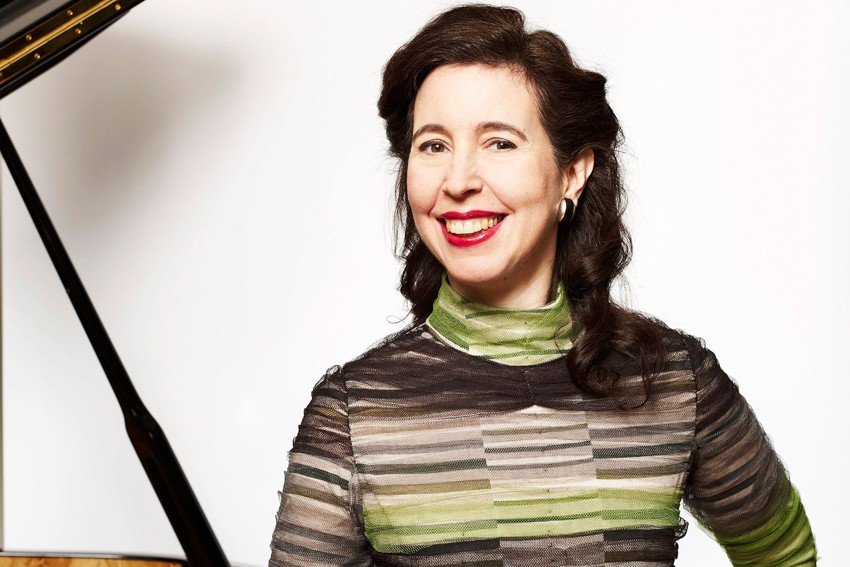The Art of Hewitt

The world’s most celebrated Bach pianist Angela Hewitt will perform the German composer’s infamous The Art of Fugue in its entirety on her Australian tour, a piece the former Gramophone Artist of the Year initially thought was “deadly dull”.
In Adelaide you are playing two Bach pieces and Beethoven’s ‘Piano Sonata no 31 in A flat major, op 110’. What made you focus on Bach and Beethoven for this Australian tour? “Several years ago I was asked by London’s International Piano Series to give two piano recitals in the 2012-13 season in the Royal Festival Hall. Wanting to program something impressive I thought of The Art of Fugue, which I had not yet performed. I thought it was time to do so. I split it into two halves (to give myself time to learn it!) and then had to think of other pieces to put with it. The two late Beethoven sonatas, which contain fugues, came to mind— ‘Op. 101’ and ‘Op. 110’. They make a perfect match.” You are performing Bach’s The Art of Fugue on every date of this Australian concert tour. You recently recorded it and called it “surely one of the most important recordings of my career”. Even for a Bach expert like yourself, why is this recording your most important? “Very few pianists have put this work on record. I am glad I waited until now to learn it because I was able to put all the experience I have gained in half-a-century of playing Bach towards my interpretation of it. It is very complicated to play this music clearly and intelligently with only two hands and 10 fingers, but not impossible. You will hear!” It took you three days to record. Was this an easier recording due to the fact you’ve been performing it frequently for the last 17 months? “Of course it helps to have performed music frequently before performing it. Too many people go into the recording studio without ever having performed the work in public, or at least not many times. I was, however, surprised that I managed to record it all in three days. It helped to have already worked quite a bit at home taping myself and listening back.” Until now, this is the only major Bach piece you haven’t recorded. You wrote a piece for the Guardian saying that it initially didn’t grab you. How did you make The Art of Fugue work? And did your interpretation of the piece evolve over the 17 months you were playing it? “I had always found it deadly dull. And yet I couldn’t believe that Bach got to the end of his life and finally wrote something boring. I was determined to find the life in it. And there is for sure lots of it! It just depends on how you play it. To hear how I make it work, you will have to listen for yourself. Absolute clarity is needed, both in execution and in thought. Plus it must sing, every voice separately. Of course it changed because I got better at it.” How do audiences (and critics) react to The Art of Fugue compared to other Bach compositions you perform? “Everybody seems to think it’s an amazing experience — especially to hear the whole thing in one recital without a break (which I won’t be doing in Australia as these programs were planned several years ago). Many people won’tbe able to follow everything that is going on in the music, but I give a talk at the beginning that certainly helps a lot. In any case, there’s nothing wrong with just sitting back and reveling in its beauty.” Angela Hewitt Adelaide Town Hall Thursday, October 10 musicaviva.com.au Images: Photography by Keith Saunders